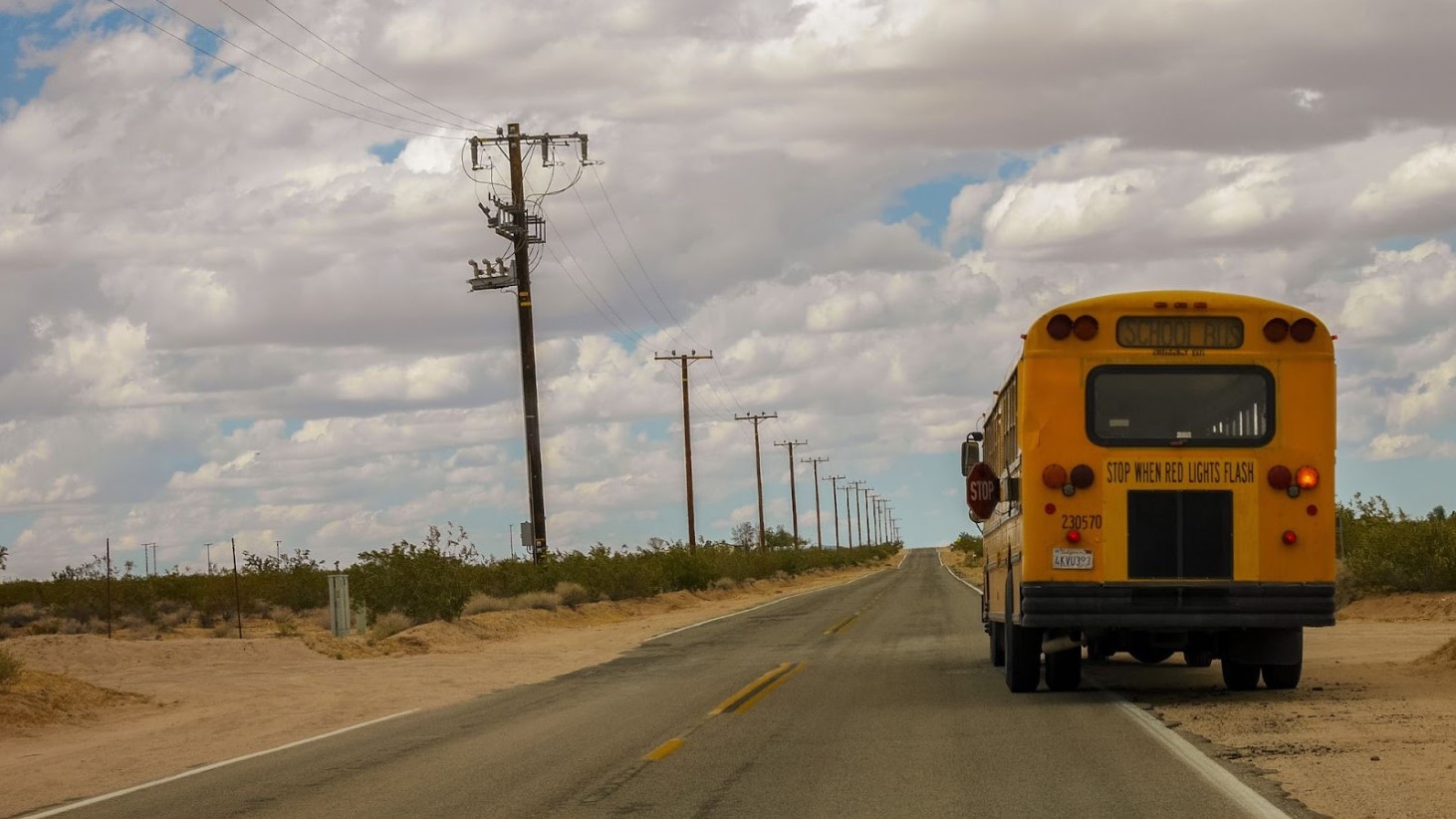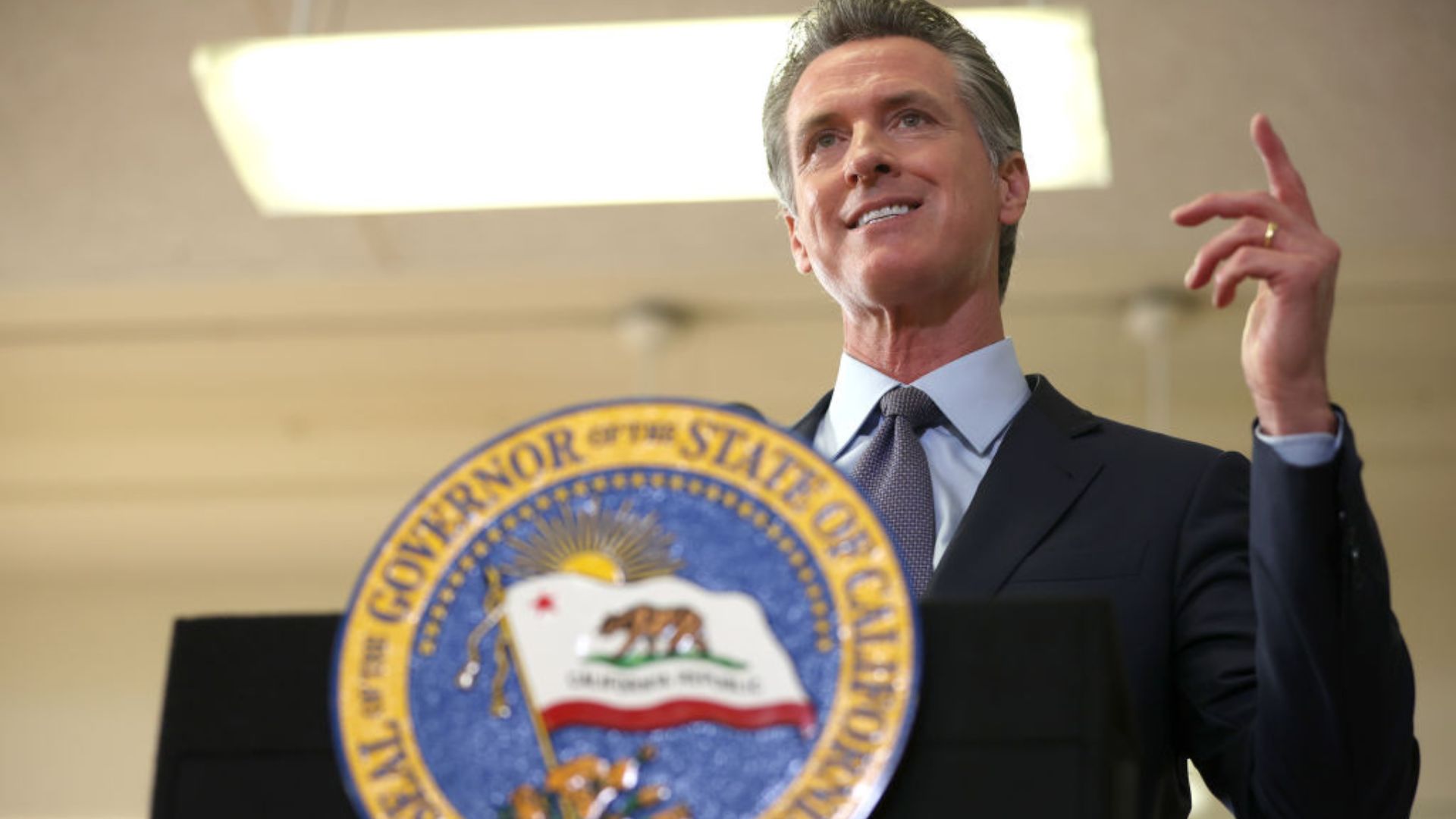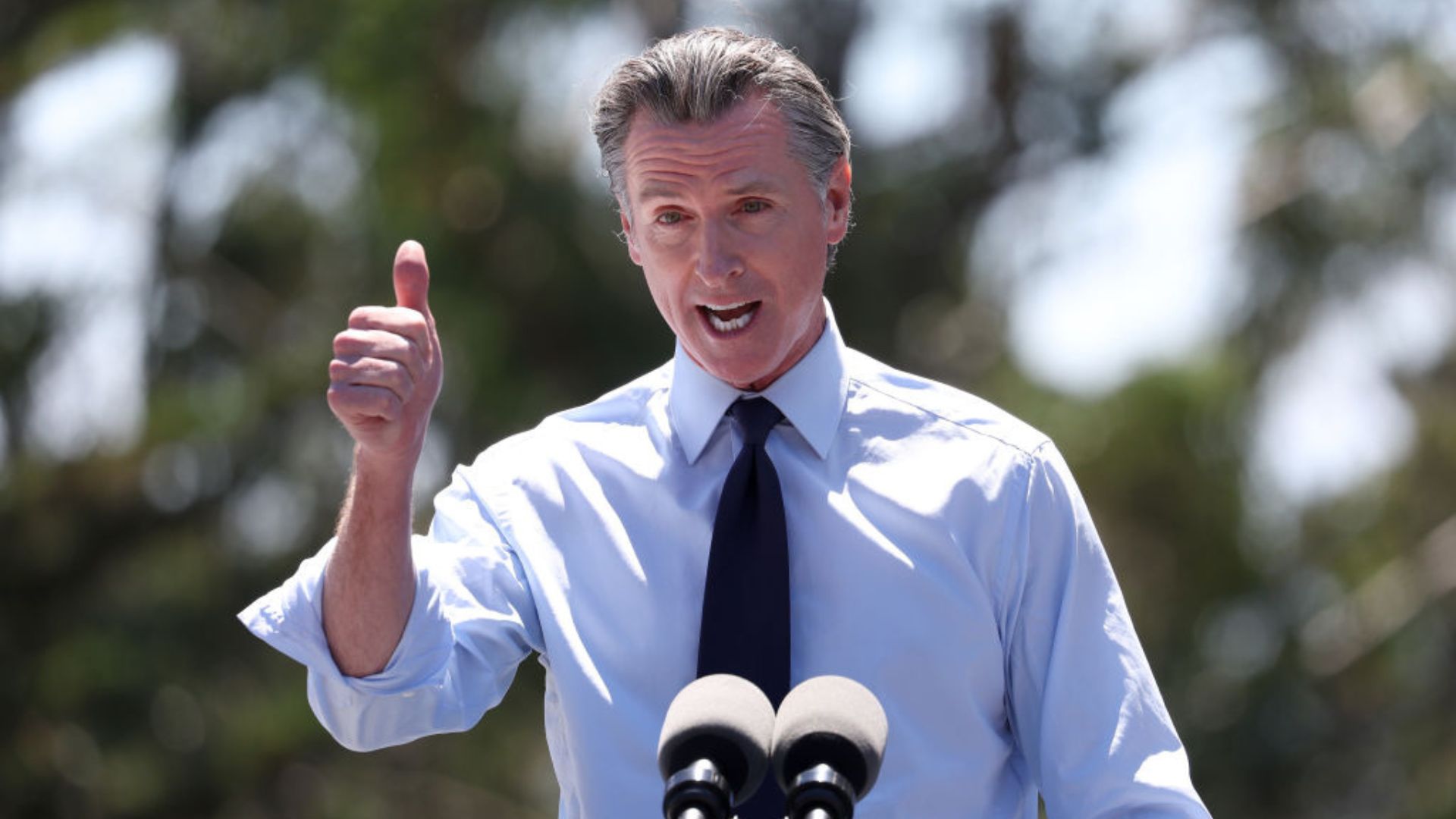California is currently facing a significant financial challenge, marked by a severe revenue decline and a record $68 billion budget deficit.
This situation has arisen amid a notable trend of population and business migration away from the state. The Democratic leadership in California is now faced with the difficult task of addressing this deficit, likely necessitating cuts in state spending.
The Exodus Phenomenon

The state of California is witnessing an ongoing exodus of its residents and businesses. Many are relocating to states governed by Republicans, contributing to California’s financial troubles.
This movement has impacted the state’s economy, as the loss of population and businesses affects the overall revenue generation, exacerbating the budget deficit.
A Rapidly Growing Deficit

In a matter of months, California’s budget deficit has alarmingly increased from an estimated $14.3 billion in June to an unprecedented $68 billion.
Although this isn’t the largest deficit the state has faced when considered as a percentage of total spending, it is the largest in absolute dollar terms, presenting a formidable financial challenge.
Tax Revenue Losses Unaddressed

The Legislative Analyst’s Office’s report on California’s budget crisis does not specifically address the billions in tax revenue losses resulting from the departure of people and businesses.
The report attributes the significant increase in the deficit and lower revenues to changes in the state’s tax filing deadlines and poorer economic conditions than expected.
Substantial Tax Revenue Decline

According to data from the Internal Revenue Service reported by CNBC, California experienced a significant loss in tax revenues, amounting to $29 billion in 2021.
This followed a loss of $18 billion in 2020. These consecutive years of substantial revenue decline have contributed heavily to the state’s current budgetary issues.
Remedial Measures Proposed

To address the growing budget deficit, the Legislative Analyst’s Office has suggested that California could utilize its $24 billion in cash reserves.
Additionally, the office recommends reducing spending in various sectors, including schools and community colleges, along with implementing one-time spending cuts and shifting costs without impacting core services.
Exercising Caution with Financial Strategies

The Legislative Analyst’s Office has advised caution in dealing with the budget crisis.
While using cash reserves could provide temporary relief, it is unlikely to be sufficient for the multiyear average deficits, estimated at around $30 billion. This situation calls for careful financial management and planning to navigate the deficit.
Seeking Long-Term Financial Stability

For long-term financial stability, California faces the challenge of either increasing its revenue or further reducing its spending.
The state must consider various strategies to balance its budget, taking into account the potential impacts of each decision on its residents and overall economic health.
Newsom’s Budget Proposal: A Six-Month Journey

The LA Times reports that Governor Newsom’s budget proposal initiated a six-month process involving hearings and negotiations with the California Assembly and Senate. Both legislative bodies are expected to have new leadership by the time budget discussions intensify.
Newsom has promised a more comprehensive fiscal plan in May, following a clearer understanding of the state’s 2023 income tax collections. He has decisively rejected the idea of implementing a wealth tax to address the budget shortfall.
Relief for K-12 Schools Amidst Fiscal Challenges

Newsom’s budget proposal offers some relief to K-12 schools by avoiding major cuts and continuing to prioritize initiatives such as free school meals for all students and the expansion of transitional kindergarten.
However, funding for facilities to improve early-education classrooms is delayed for a second year. The total public school funding stands at $109.1 billion, which comprises approximately 40% of the state budget. The funding level per student is slightly reduced compared to last year, amounting to a total of $17,653 per student, as reported by the LA Times.
University Funding: A Deferred Increase

The LA Times details that the budget proposes deferring a 5% increase in funding for the University of California and California State University systems, with plans to provide two years’ worth of increases the following year.
In 2022, Newsom had committed to five years of 5% annual base funding increases for these universities.
Adjustments in Student Financial Support

Significant changes are proposed in student financial aid and housing. The budget postpones a highly anticipated measure for affordable student housing, which included a zero-interest revolving loan fund.
Additionally, a planned one-time investment of $289 million for the middle-class scholarship program is not included in the budget. The proposal also delays a major plan to significantly increase Cal Grants for needy students due to the budget shortfall.
Community Colleges Maintain Key Investments

Despite the budget constraints, the LA Times reveals that Newsom’s proposal continues to support key investments in community colleges.
According to a statement from Sonya Christian, chancellor of California Community Colleges, the budget maintains a $60-million expansion of nursing programs in these colleges.
Cuts and Delays in Social Services

The budget proposal includes reductions and delays in funding for several social service programs. The LA Times reports that child-welfare advocates expressed concern over a proposed $30-million reduction in funding for an urgent response program that assists youth in foster care and families in crisis.
Ted Lempert, president of the nonprofit group Children Now, released a statement saying, “While we recognize the large deficit affecting the administration’s budget proposal, we can’t continue down this path of deprioritizing kids that has led to alarmingly poor outcomes.”
Homelessness and Housing Programs Face Cuts

The proposal suggests more than $1.2 billion in total cuts to various housing programs, including those addressing homelessness, as reported by the LA Times. Nonetheless, Newsom’s plan still allocates $3.4 billion for homelessness initiatives, focusing on dismantling encampments and providing grants to local governments to prevent people from losing their homes.
Governor Newsom emphasized the public’s demand for visible results in tackling homelessness, stating, “People have just had it. They want these encampments cleaned up. They’re done. They’re fed up.”
Challenging Times for Environmental Programs

Governor Newsom’s recent budget proposal includes an 11% reduction in the state’s multiyear climate budget from its previous $54 billion.
This cutback impacts key areas such as clean transportation, forest maintenance, watershed resilience, coastal protection, and initiatives to combat rising sea levels.
Seeking More Creative Solutions for Climate Change

The LA Times notes that Mary Creasman, chief executive of California Environmental Voters, expressed her hopes for a more innovative approach to funding California’s transition to clean energy and resilience.
She said, “We would have hoped for a little bit more of a courageous proposal — something that is more creative and solutions-oriented about how to fund the transition that is so desperately needed toward clean energy and resilience.”
Addressing the Climate Crisis Responsibly

In response to the escalating climate crisis, Newsom has recognized that 2023 was the planet’s hottest year and committed to holding the oil and gas industry accountable.
The LA Times reports that the budget suggests eliminating certain subsidies benefiting oil and gas corporations, including those related to intangible drilling costs and economic credits. Barry Vesser, COO of the Climate Center, agreed with this move but suggested going further by eliminating all tax breaks and subsidies for fossil fuel corporations, as reported by the LA Times.
California’s Economic Outlook Amidst Budget Constraints

The LA Times explains that despite the budgetary constraints, California does not show signs of a larger economic crisis.
Jerry Nickelsburg, a professor and director at UCLA Anderson Forecast, observed, “Until now, California has been growing faster than the U.S., on a per capita basis, and has been one of the fastest-growing states in the U.S. And now it’s growing at about the rate of the U.S., as really everyone sort of slows down a bit.”
Summary of Governor Newsom’s Budget Proposal

Governor Newsom’s budget proposal represents a balancing act between maintaining essential services and programs, and addressing the state’s fiscal challenges.
The proposal includes adjustments and cuts across various sectors, including education, social services, housing, and environmental programs. It reflects the administration’s efforts to navigate through economic constraints while striving to meet the needs of Californians.
Population Decline Amid Pandemic

California experienced its first-ever population decline in 2020, a year marked by stringent COVID-19 pandemic lockdowns.
This decline in population is a contributing factor to the state’s financial struggles, as it affects both the consumer base and the tax revenue structure.
Significant Population Outflow

Between January 2020 and July 2022, California saw a substantial reduction in the number of residents, with over half a million people leaving the state.
The number of people departing exceeded those moving in by nearly 700,000. This population shift has had a notable impact on the state’s demographic and economic landscape.
Analyzing California’s Fiscal Woes

California’s current financial predicament is a complex issue, stemming from a combination of factors.
These include the outmigration of individuals and businesses, declining tax revenues, and broader economic challenges. Understanding these interconnected elements is key to comprehending the state’s budget crisis.
The Path Forward for California

California faces a challenging path toward financial recovery. The state is known for its adaptability and innovative spirit, which will be essential in overcoming these fiscal challenges.
By making informed decisions and implementing effective strategies, California aims to restore its financial health and stability.
